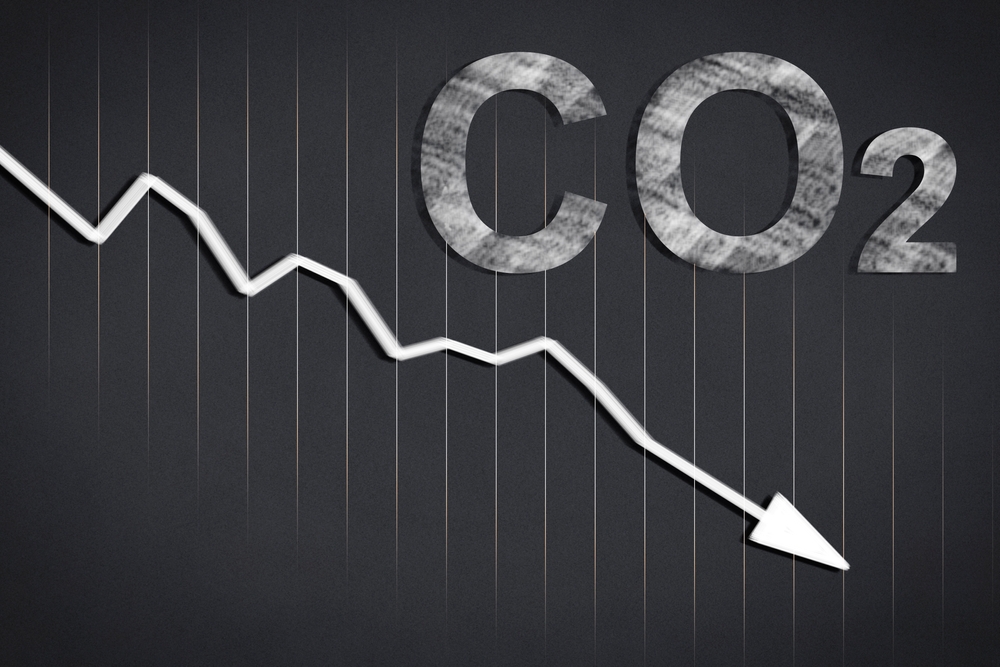Energy Efficiency, GHG Emissions, Industrial - May 29, 2024
Cleveland-Cliffs Sets 2035 Emissions Reduction Goals
Cleveland-Cliffs Inc. announced that it has set new GHG emissions reduction targets, including a target to lower Scope 1 and 2 GHG emissions intensity per metric ton of crude steel by 30% by 2035.
The flat-rolled steel producer also set a target to reduce material upstream Scope 3 GHG emissions intensity per metric ton of crude steel by 20% by 2035 and a long-term target aligned with the Paris Agreement’s 1.5 degrees Celsius scenario to reduce Scope 1, 2 and material upstream 3 emissions intensity per metric ton of crude steel to near net zero by 2050.
The company’s previous commitment to lower absolute Scope 1 and Scope 2 GHG emissions by 25% by 2030 relative to 2017 levels was already achieved well ahead of schedule.
The GHG emissions reduction from 2023 to 2035 will be driven primarily by the Middletown, Ohio, and Butler, Pennsylvania, projects, both to be developed in cooperation with the U.S. Department of Energy as previously announced.
Other operational initiatives and energy efficiency enhancement projects will also help lower Cliffs’ emissions and were included in its previously announced capital expenditure plans.
“Through the deployment of meaningful investments and our unwavering commitment to our employees and to the communities in which we operate, Cleveland-Cliffs has achieved unquestionable success in reducing GHG emissions, by more than we anticipated and way ahead of our original 2030 target date,” said Cleveland-Cliffs CEO Lourenco Goncalves in a statement. “Our outperformance has given us the ability to further pursue more ambitious and very relevant new challenges. As a manufacturing leader in America providing good paying middle-class jobs in sustainable ironmaking and steelmaking, Cleveland-Cliffs will, one more time, prove that GHG emissions reduction can and will be done preserving employment, enhancing middle-class and benefiting communities.”
Read These Related Articles:
Stay Up-To-Date












